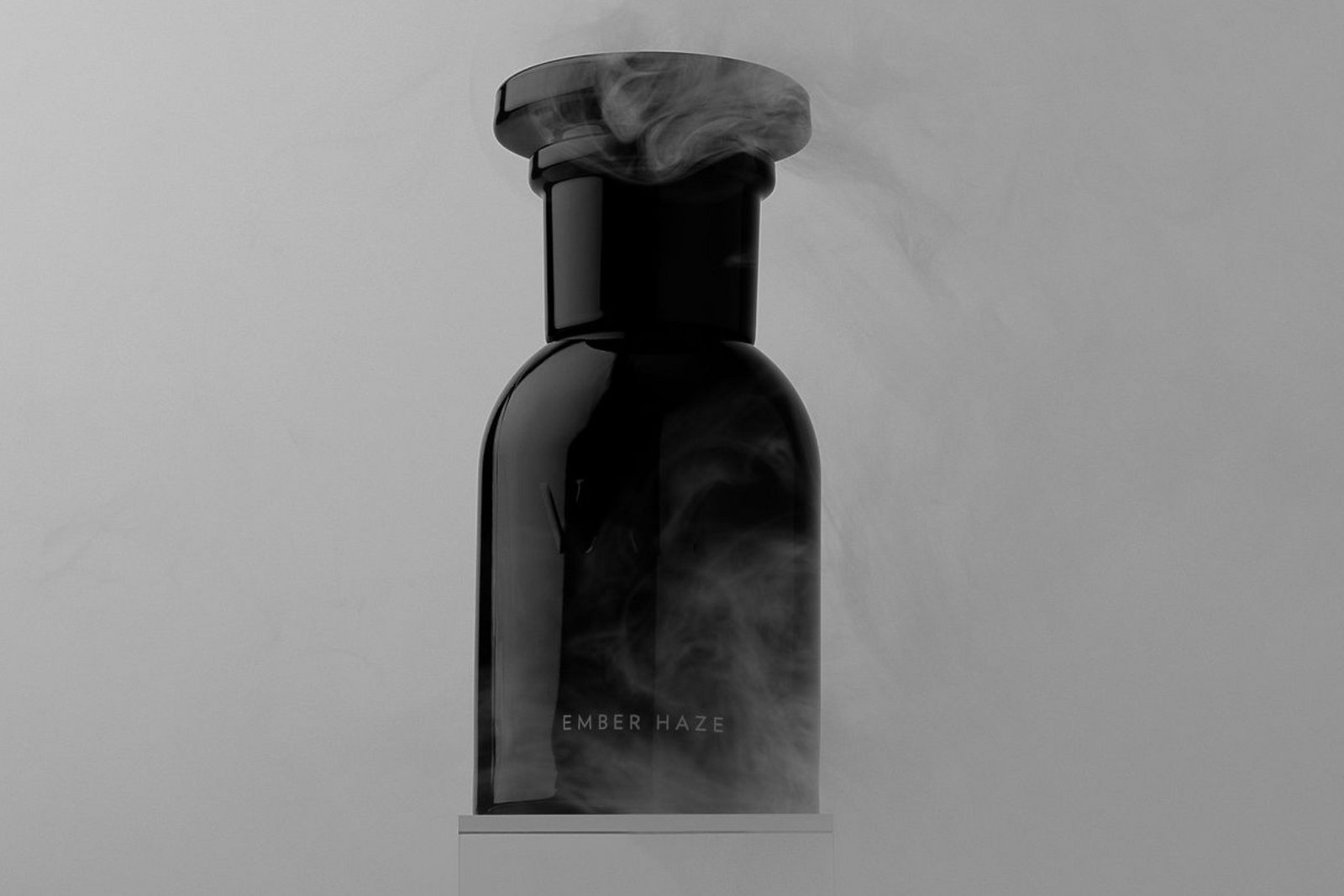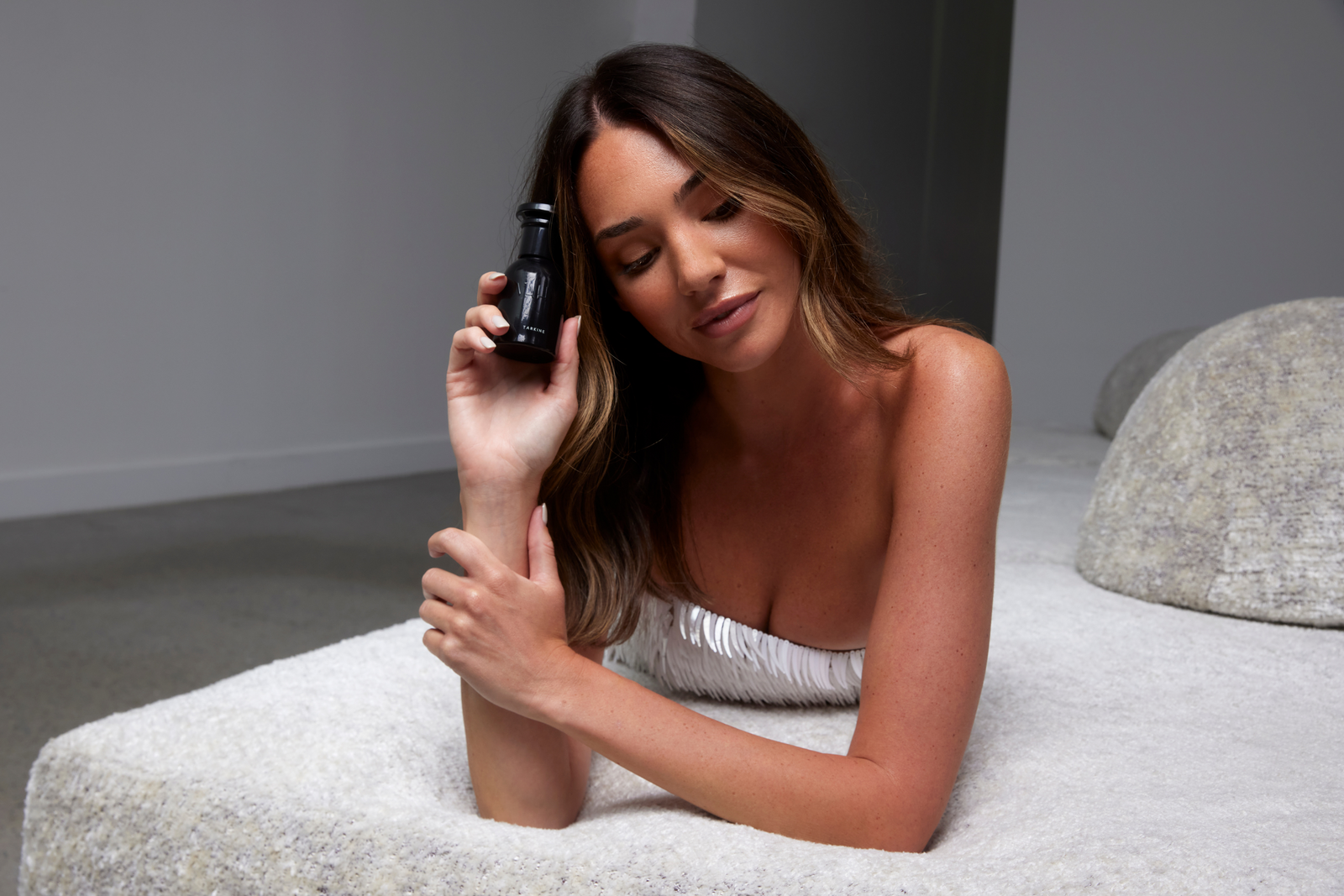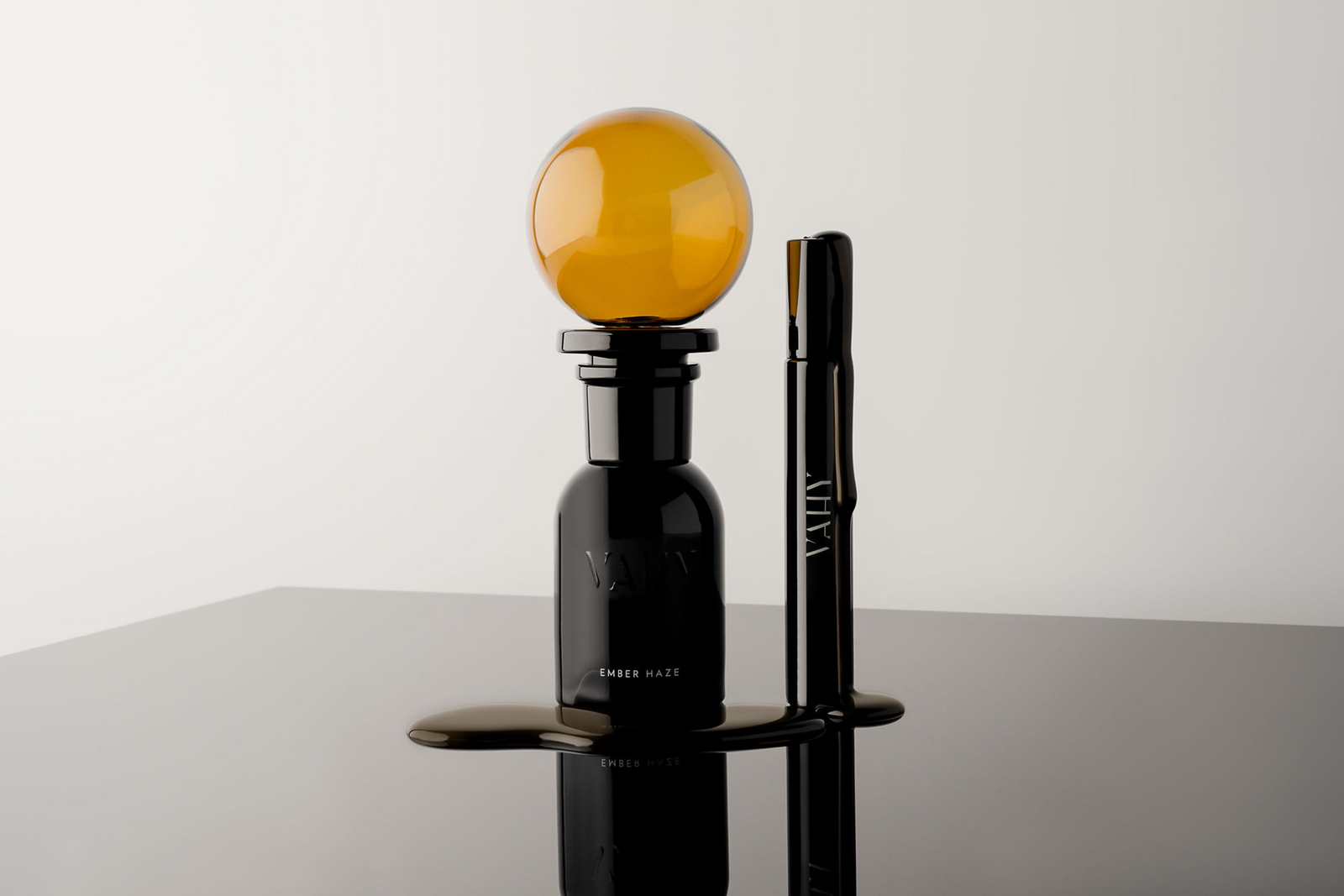Fragrance Layering - VOGUE
Fragrance Layering Is My Secret for Creating a Signature Scent—Here’s How to Do It

Being asked, “What perfume are you wearing?” is something I’ve rarely heard outside of an in-person setting—and that fact only makes the compliment sweeter in a post-pandemic world. As for my answer? It tends to vary, since I prefer to layer fragrances.
“Fragrance layering offers the ultimate freedom,” says Jean Madar, CEO and chairman of Interparfums, which creates scents for luxury brands like Oscar de la Renta, Ferragamo, and more. “It allows you to create a scent based on your unique mood and what you want to portray to the world on a particular day.”
I first started fragrance cocktailing a few years ago—almost by mistake. I found that I would fall in love with a single scent, wear it pretty frequently, then one day just get sick of it. I’d move on to another bottle and do the same. It happened again and again, until I had an entire collection of half-used perfumes. As a believer in “waste not, want not,” I opted to start testing two or more scents together to see what I could create, instead of simply discarding them—and it opened up a whole new world of scent exploration.
I would spend at least 15 minutes each morning relearning each of my fragrances by spraying the entirety of my arms with a variety of pairings. Then I would take the next hour to revisit each combination and explore how they evolved as I got ready for the day. By the time I was about to hop in the shower, I knew which scents to blend to match my mood.
After a few months of incorporating this practice into my beauty ritual, it started to become intuitive. I knew my collection so well, to the point where I could just look at the bottles and be able to tell which two belonged together. But beyond just smelling good, having a fragrance regimen ultimately came down to adding an element of pleasure to my day. While the scents I had on would vary, it was always about centering what made me feel good in the moment. This routine also allowed me to slow down and take time to ease into the flow of the morning, rather than jolting out of bed and forcing my body into overdrive.
But perhaps what I enjoy most about the practice is the element of mystique. Scent is something I share with the world the moment I walk out the door—yet, my go-to combinations are still my best-kept secret. And in a world where it can sometimes feel like we know a little too much about each other, it’s nice to keep some things to yourself.
“Layering ensures that you are the most important part of the formula,” says Robin Mason, president of Fine Fragrance at dsm-firmenich, which produces scents for brands like Saint Laurent, Gucci, and Mugler. “[It’s about] your individual taste and the way your body responds to combinations, which can differ from day to day.”
As an obvious lover of scent, I tapped Madar, along with Mason to learn more about the art of fragrance layering. I also rounded up some of my favorite perfumes to help get you inspired to create your own signature scent.

What Are the Origins of Fragrance Layering?
“Fragrance layering began in the Middle East, where the goal was to create a signature scent for an individual by combining fragrances together,” Mason explains. “Layering the infinite possibilities of scent options out there allows you to create something that is uniquely you and only for you.”
In many of these cultures, it’s not uncommon for people to layer on up to five or six different fragrances at once to truly make it their own. “From oil-based attars, single-ingredient oils, to rich oud, the layering ritual is a daily practice and a way of expressing individual taste, personality, and identity,” the fragrance expert adds.
How to Find Complementary Fragrances
The best part about fragrance layering is there are literally no limitations.
“All types of fragrance notes can complement each other, that is the fun and the art of perfumery,” says Mason. “Fragrance is such a personal experience. It is interpreted differently depending on the biology, cultural habits, or diet of the individual wearing it.”
While the idea of infinite possibilities may spark creativity for some, having a plethora of choices may leave others feeling intimidated. If you find yourself relating to the latter statement, Madar suggests starting by pairing scents from the same fragrance family. “You can combine different types of floral scents, for example,” he says. “As you get more confident in fragrance layering, you can explore combining perfumes from different fragrance families to create the most interesting results.”
When pairing contrasting scents, a good general rule of thumb is to start with a warm base and then add a more vibrant, lighter perfume on top. However, feel free to follow whichever formula works best for you.
What’s the Best Way to Layer Fragrance?
As mentioned, the only rule of fragrance layering is that there are no rules. But if you’ve just started tapping into the world of scent, there are some loose guidelines that may be helpful to follow.
Step One
Start with two fragrances you enjoy and feel would complement each other well. If you’re having trouble narrowing them down, Mason suggests picking two from the same line as an easy solution. “Many artisanal brands, especially those with one single owner or designer, tend to be directed and formulated by one or two people with very consistent olfactive tastes,” she says. “[It gives] the wearer the creative freedom to customize, while playing within a set of olfactive signatures that are inherent to that brand message and style.”
Step Two
Spray the stronger scent on yourself—not a piece of paper—to ensure you’re getting an accurate assessment of what it actually smells like on you. “We are all unique and each one of us has a distinct body chemistry,” Madar explains. “This means the same perfume will smell different on everyone. The final result is really up to your individual skin chemistry.”
Step Three
Spritz on the lighter scent in a different area to ensure one is not overpowering the next. “Select different pulse points on which to apply each one, such as behind the ear, bottom of your neck, your wrist, inside your elbow or even behind your knee,” says Madar.
Step Four
Let your new fragrance combination mature. “It’s always best to test on skin and walk around for about 30 minutes so you can get a true sense of how the fragrance will unfold with your unique skin chemistry,” suggests Madar. “The true character will reveal itself over time, and you might be surprised at how the different notes within a fragrance composition evolve throughout your day.”
Tips for Making Scent Last Longer
Once you have your signature scent picked out, it’s best to apply each fragrance over freshly washed skin. “Layer your perfume over the ancillaries, such as a scented shower gel and body lotion,” she says. “This allows for a good base to help your scent last longer.” She adds that you’ll also want to be intentional about where on the body you spray each scent.
“There are certain areas on our body that have higher blood circulation—like your neck and wrist—that in turn are warmer and will help your fragrance have a stronger effect,” the fine fragrance pro explains. “But at the end of the day, it comes down to personal preference.”
Vogue’s Favorite Fragrances to Get You Inspired
Vahy Ember Haze Perfume
Amber, wood, and vanilla come together to create a dark scent that’s rounded out with elements of sweetness. I like to pair this one with a crisp and bright floral.

Read the article in full on Vogue, here.



